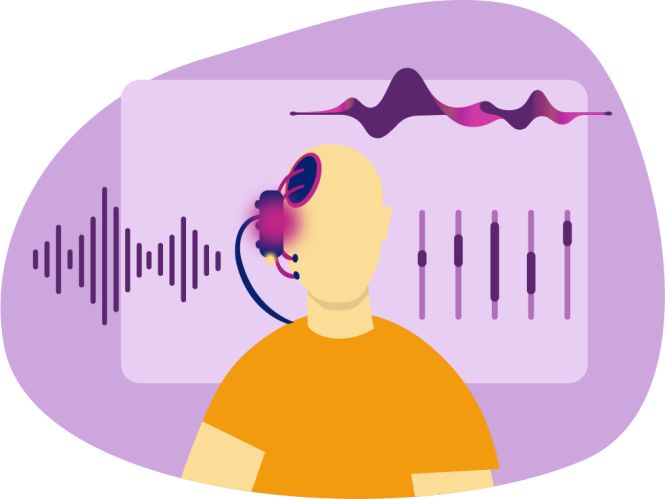
Maciej Pliszka18 July 2019Blog
(June 14th, 2019)
The 21st century saw the emergence of one of the most important technological advancements to humanity. Without a shadow of a doubt, the Internet has had the biggest impact on our lives and we’re always looking at new ways of implementing it. We use it on our phones on a daily basis, our televisions are now predominantly connected to the internet, even our household items such as a refrigerator and scales are linked. What is the obvious evolutionary step that we all know is coming? Connecting our minds with the internet.
That’s right. All of you Matrix fans out there, it’s happening. In 2017, For the first time ever, researchers have linked a human brain to the internet.
Whoa! How does it work?
Researchers at Wits Univeristy in Johannesburg, South Africa have allowed for the breakthrough discovery to happen. It works by taking brainwave EEG signals gathered by a device connected to the user’s head. The incoming signals are then transmitted to a Rasberry Pi computer which in turn live streams the data to an application programming interface. The data is then displayed on a website that is open to the public.
An incredible breakthrough, despite the project being in its infancy. These discoveries have grabbed a lot of worldwide attention, including the likes of Elon Musk who is currently working on a similar technology.
Elon Musk’s Neurolink
Tesla, SpaceX, The Boring Company, these are all ambitious projects brought forward by the technogical entrepreneur. Neurolink is the one we’ll be focusing on in this article. Despite the project being kept under wraps since its announcement, the main goal as presented by Musk himself, is to allow humans to reach higher levels of cognition through the integration of the human brain with artificial intelligence. Basically it’s idea of implanting a computer into our minds.
Long Term Benefits
Having access to Wikipedia on the go would be a great, however, whatare the other benefits of this technology? Musk has stated that Neurolink would involve an electrode to neutron interface at a microlevel. This could possibly lead to the restoration of full limbfunctionality as well. Beyond that, we’d be able to share our thoughts without having to use written or spoken language.
But not so fast..
It is hard to predict the outcome of this technology. Afterall, nobody predicted the internet.
The main concern with Neurlink is the actual implementation which would require surgery. Surgery that will pull at all of our ethics strings. The second concern is regulation and control. How will the government approach this new technology and how long before advertisers and marketers fight for domination? Security is another factor to consider. Today most of our gadgets are controlled wirelessly which will raise questisons as to how secure are our links? What would an attack on your Neurolink look and feel like? These are all questions we still don’t have the answers to.
The Matrix is coming
How will our world change once it becomes the norm? Will we be able to learn Jiu Jitsu within a click of our minds, or read entire archives of books within seconds? One thing is for sure, humans are always looking to push technologies to new heights making the linking of our brains with computers and the internet inevitable.
(19.07.2019) Update:
Here’s a little update regarding the whole situation
Elon Musk recently held a conference presenting NeuraLink, the company that’s currently exploring ways to connect our brains to a computer. It seems that the research is picking up and moves are being made to push the technology further.
So far, Musk has stated that NeuraLink has been tested on monkeys. They have enough data to state that the test subjects were able to control a computer with their brain, wow.
The software would make it possible to target very specific areas of the brain, which is why the main focus of NeuraLink is on patients with severe neurological conditions. Thus making it far more safer in situations where surgery is needed to diagnose or prevent a disease.
Elon has mentioned that although the technology isn’t fully ready, the goal is for the system to ultimately allow for symbiosis with artificial intelligence, or linking our brains with AI.
The idea is that by connecting the brain to an interface, it would in turn create a new layer of ‘superintelligence’ in our brains. The analogy used was a simple smartphone that we carry with us everywhere we go, except that it is detached from our body.
Right now the company is currently looking to submit their revolutionary technology for human testing, it needs to be approved by the USFDA however.
NeuraLink is not the only company building these kind of interfaces. It’s main competitor is Kernel, with similar goals in place, to enhance and improve our human cognition.
Folks, we’ll see where this goes!


